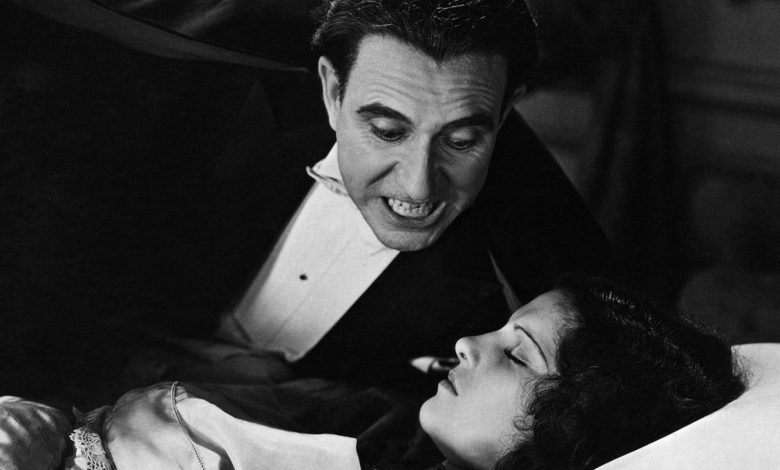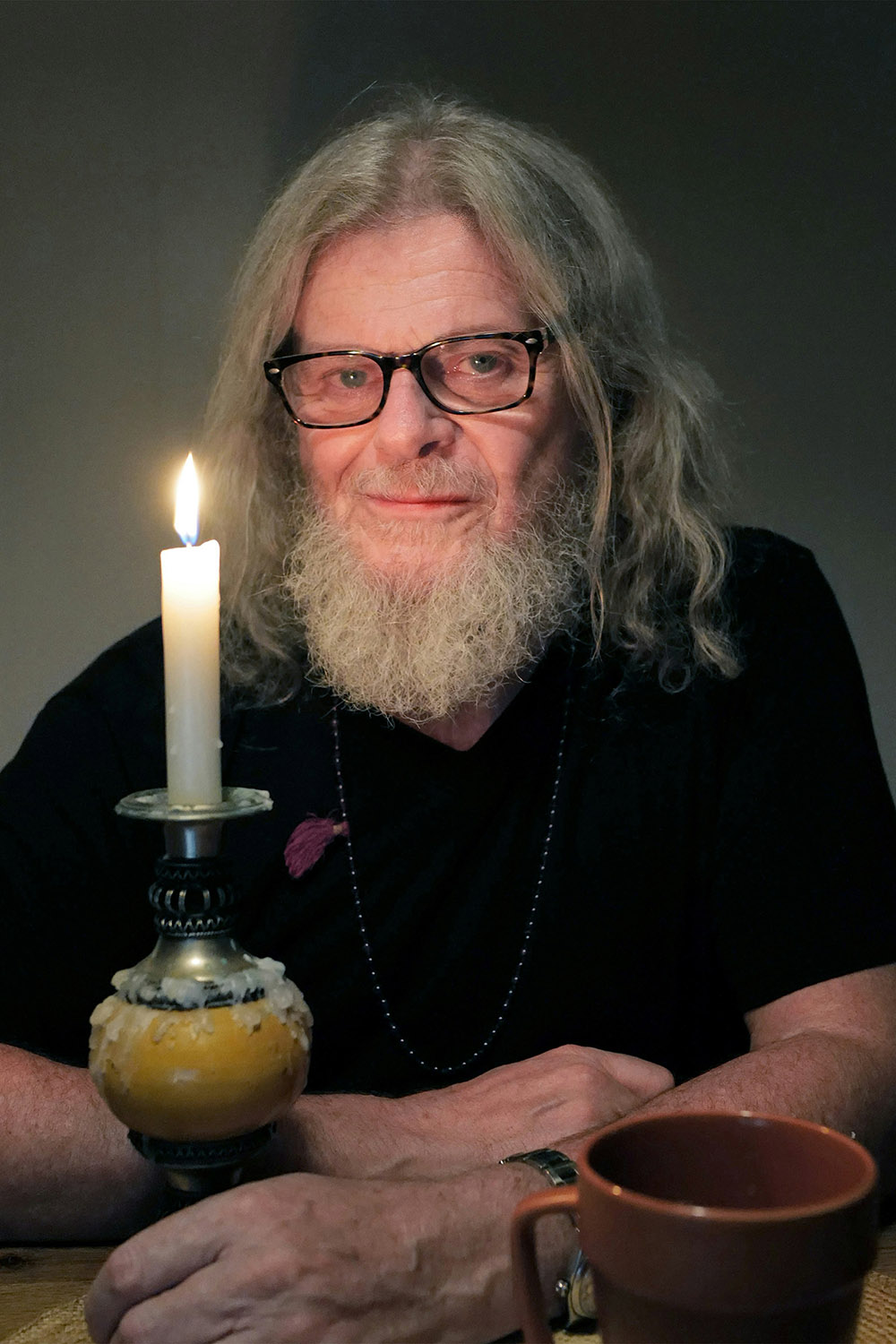LA Opera Presenting 1931 Spanish-Language ‘Dracula’ With Live Orchestra, New Gustavo Santaolalla Score

Just in time for Halloween, the LA Opera has put together a spectacular treat for movie and music lovers: a screening of the rarely seen 1931 Spanish-language Dracula complete with a newly commissioned score by two-time Oscar-winning composer Gustavo Santaolalla.
The music will be played live by the LA Opera Orchestra under the direction of resident conductor Lina González-Granados. The Argentine-born Santaolalla, 73, also will play electric guitar (but not his signature ronroco).
Suitably, the screenings on Oct. 25, 26 and 27 will take place at the gothic United Theater — a 1,600-seat palace that first opened in 1927 — in downtown Los Angeles. There will be English subtitles, and the audience is invited to come in costume.
Before the advent of sound in the movies, studios could just change the language of the intertitles to get their message across to overseas audiences. But when the talkies arrived, some elected to shoot new foreign-language versions.
For the Spanish-language Dracula, Universal employed a different director, actors and crew to work at night on the same sets — and in many of the same costumes — that were used during the day for the Tod Browning version that made Bela Lugosi a legend.
In an interview with THR from Istanbul — he’s touring to celebrate the 25th anniversary of his album Ronroco, which he said opened the door to the movie business for him — the adventurous Santaolalla admitted he didn’t know this version of Dracula existed.
“But when I saw the movie, I said of course I want to do it, and I wanted the chance to play it live,” he said. “I really wanted to mix the old, more traditional music found in horror movies with modern sounds.”
Other guest artists include Javier Casalla on the Stroh violin, Michael Ward-Bergeman on the accordion (it can sound like a church organ), Foley artist Joanna Fang (she has “the perfect last name for this project,” Santaolalla joked) and Foley mixer Blake Collins.

“There are long passages when there is no dialogue and no music,” Santaolalla noted, “which gives me a lot of opportunity to create sounds with the guitar, with bells, with the accordion, with the violin … I’m also accenting the romantic side of the story.”
The Spanish incarnation starred Carlos Villarías as Conde Drácula; Lupita Tovar as Eva Steward, the daughter of a sanatorium owner who comes under his evil spell; and Pablo Álvarez Rubio, who Santaolalla said is “unbelievable,” as Renfield.
Director George Melford studied Browning’s dailies and did a few things differently during his night shoots. At 104 minutes, his film is about a half-hour longer than Browning’s; it features expanded dialogue, rearranged scenes, some moody shots cut from the English version and more risqué costumes for Tovar. Some consider the Spanish version the superior one.
Tovar, who died in 2016 at age 106 — she was the mother of Imitation of Life star Susan Kohner and grandmother of screenwriters Chris and Paul Weitz — described working on the movie in Michael G. Ankerich’s 2011 book, The Sound of Silence.
“It was a complete change because I had to sleep in the daytime,” she recalled. “I was actually frightened by the sets. I would go to work about an hour early and sit there and try to concentrate. It was very dark and scary. We had our dinner at midnight. We left in the morning before the English cast came in.”
After its initial release, the film was largely forgotten. The only surviving print, while in excellent condition, was missing its third reel, which encompassed Renfield’s seduction by Dracula’s brides and the count’s stormy voyage to England.
In 1989, a deteriorated show print was discovered in Havana, enabling Universal to create a restoration, and the complete film was seen for the first time in decades in 1992.
Santaolalla, who said he’s been working on a musical stage version of Pan’s Labyrinth with Guillermo del Toro, likens this gig to when he was asked to create music for a video game for the first time.
That was for the original The Last of Us in 2013 (he earned an Emmy nomination this year for his work on the HBO adaptation). “I’m always looking to expand as an artist,” he said.
Source: Hollywoodreporter
Related Posts
- Roundball Rocked: With NBA Return Looming, NBC Purges Scripted Roster
- SoundCloud Says It “Has Never Used Artist Content to Train AI Models” After Backlash on Terms of Service Change
- Fox News’ Camryn Kinsey Is “Doing Well” After Fainting on Live TV
- Kerry Washington and Jahleel Kamera in 'Shadow Force.'
Courtesy of Lionsgate
…
- This Alternative Artist Landed a Top-20 Chart Debut With an Album Made Almost Entirely on His Phone





